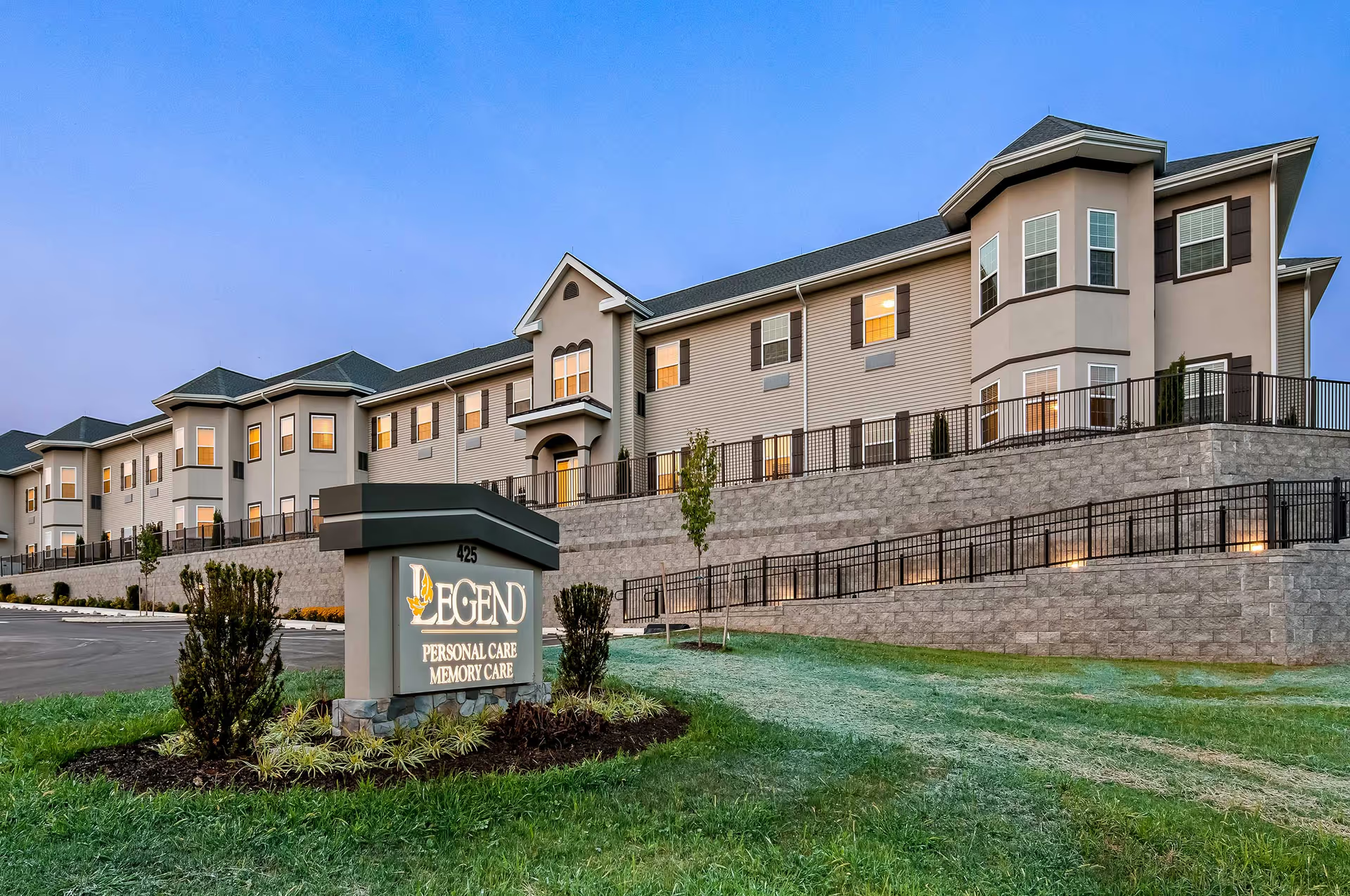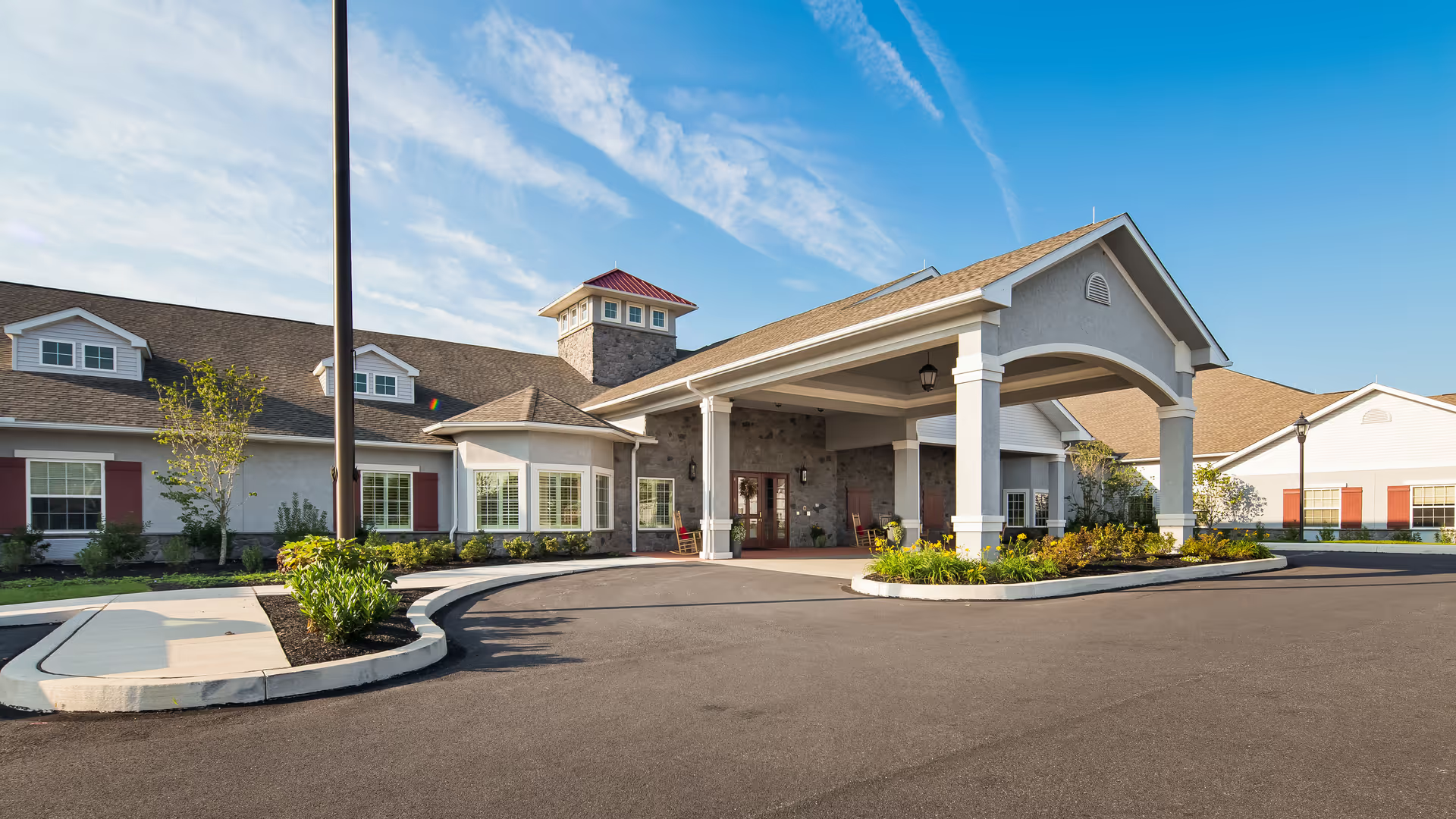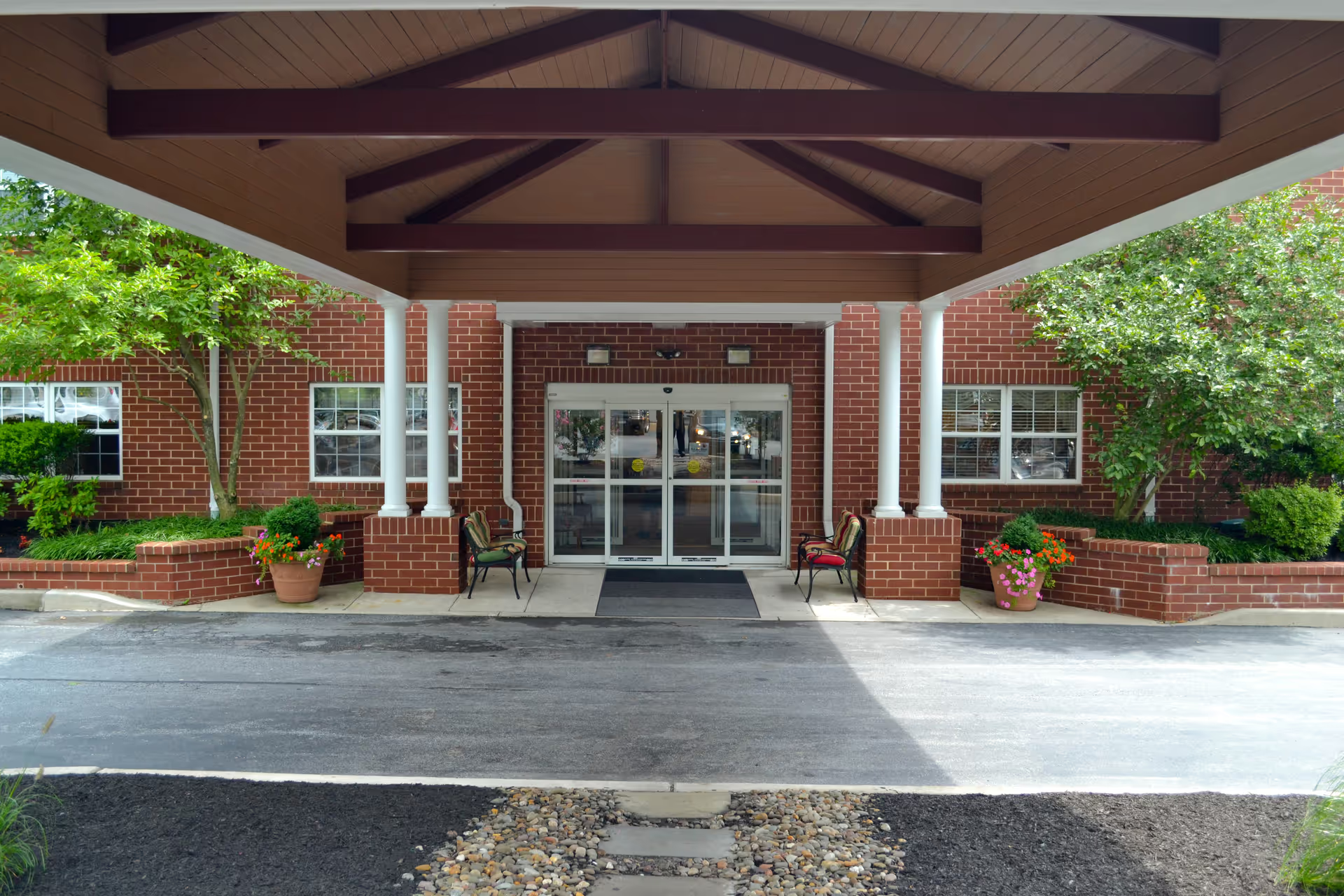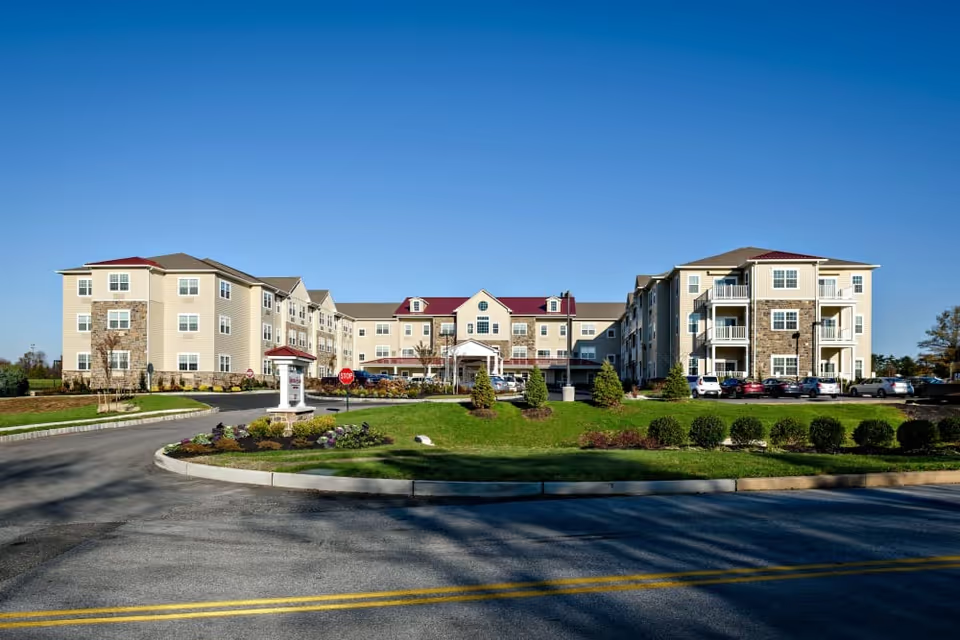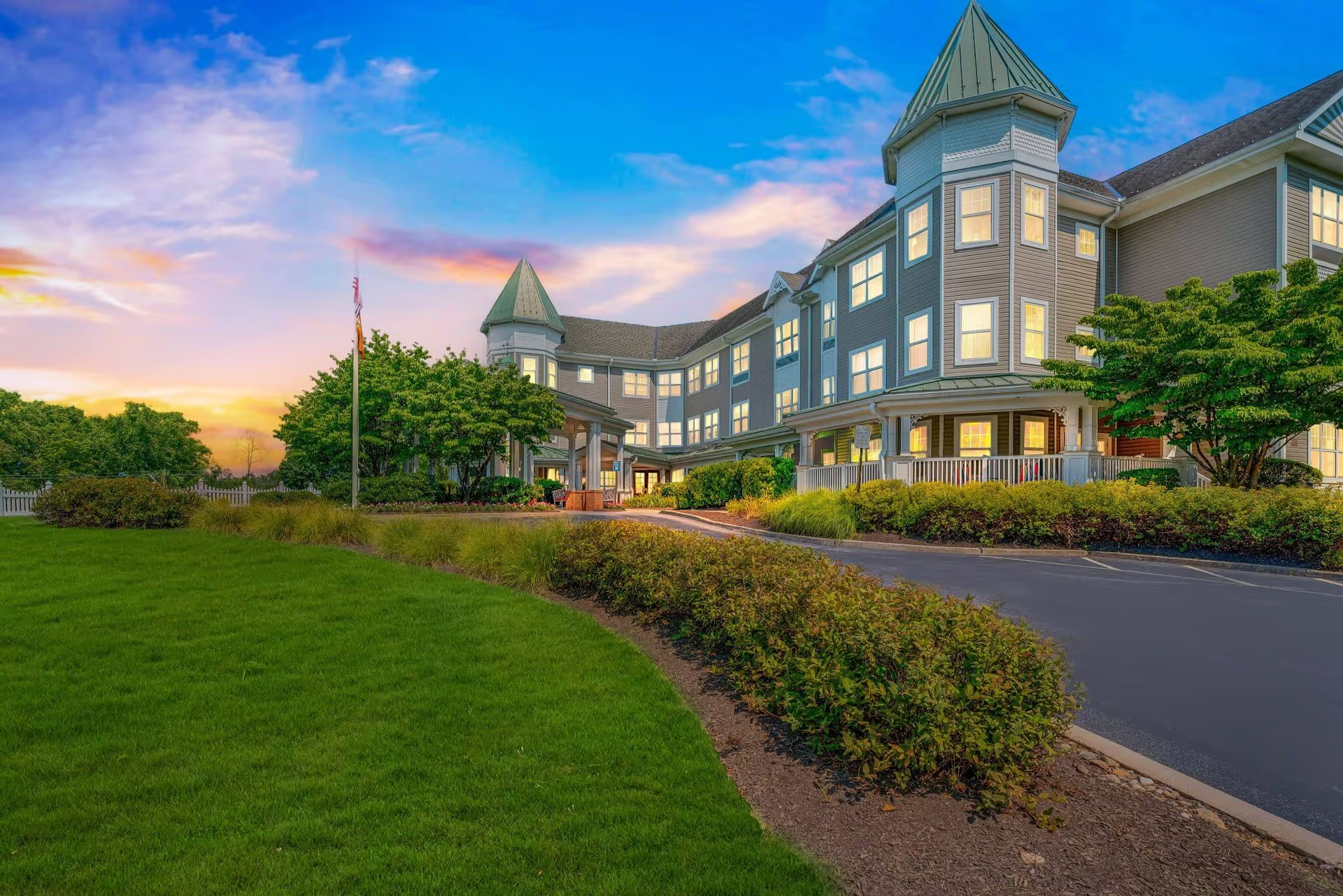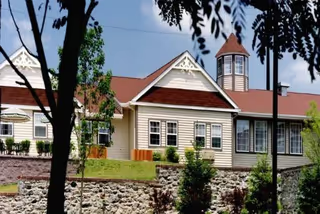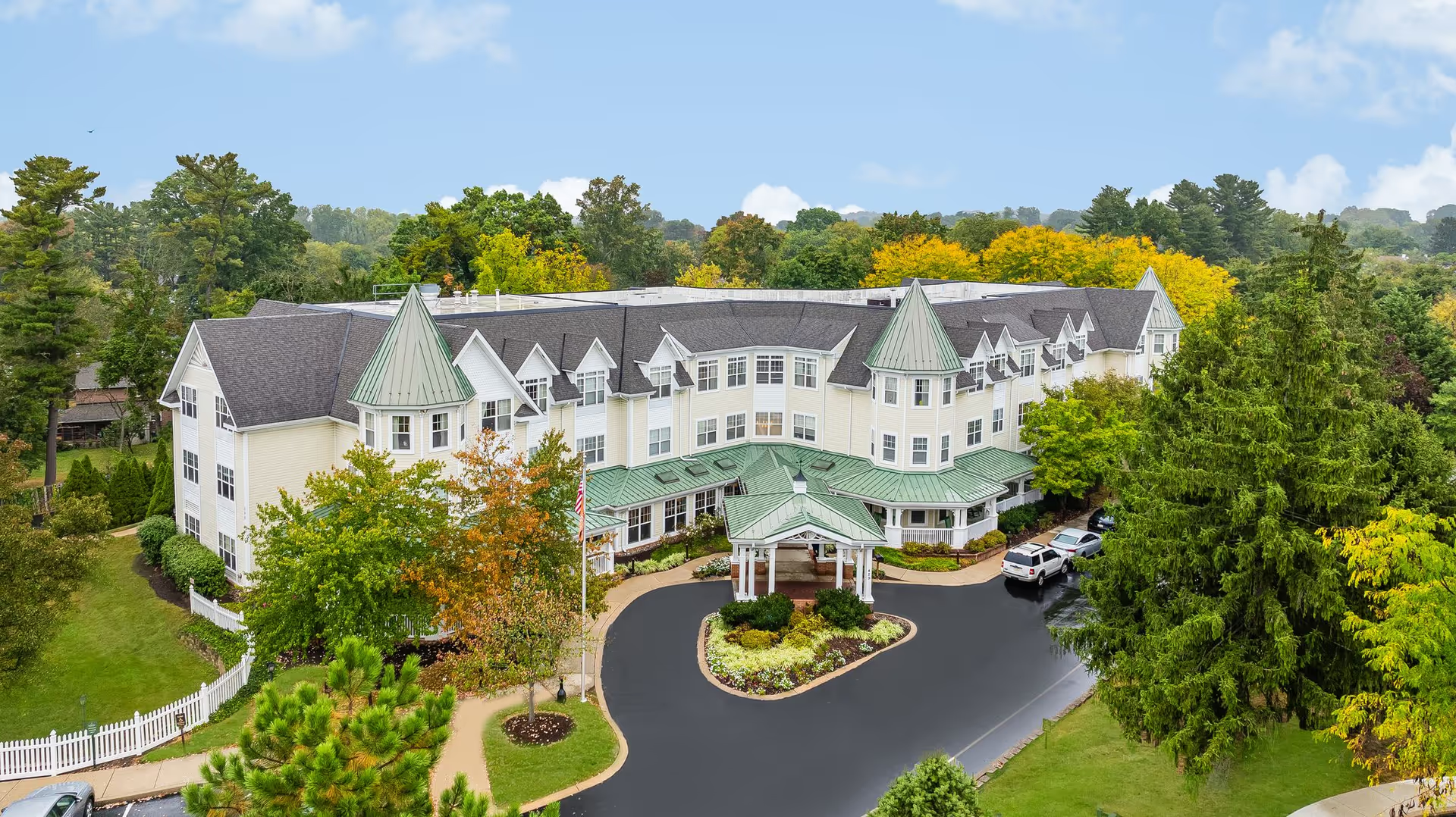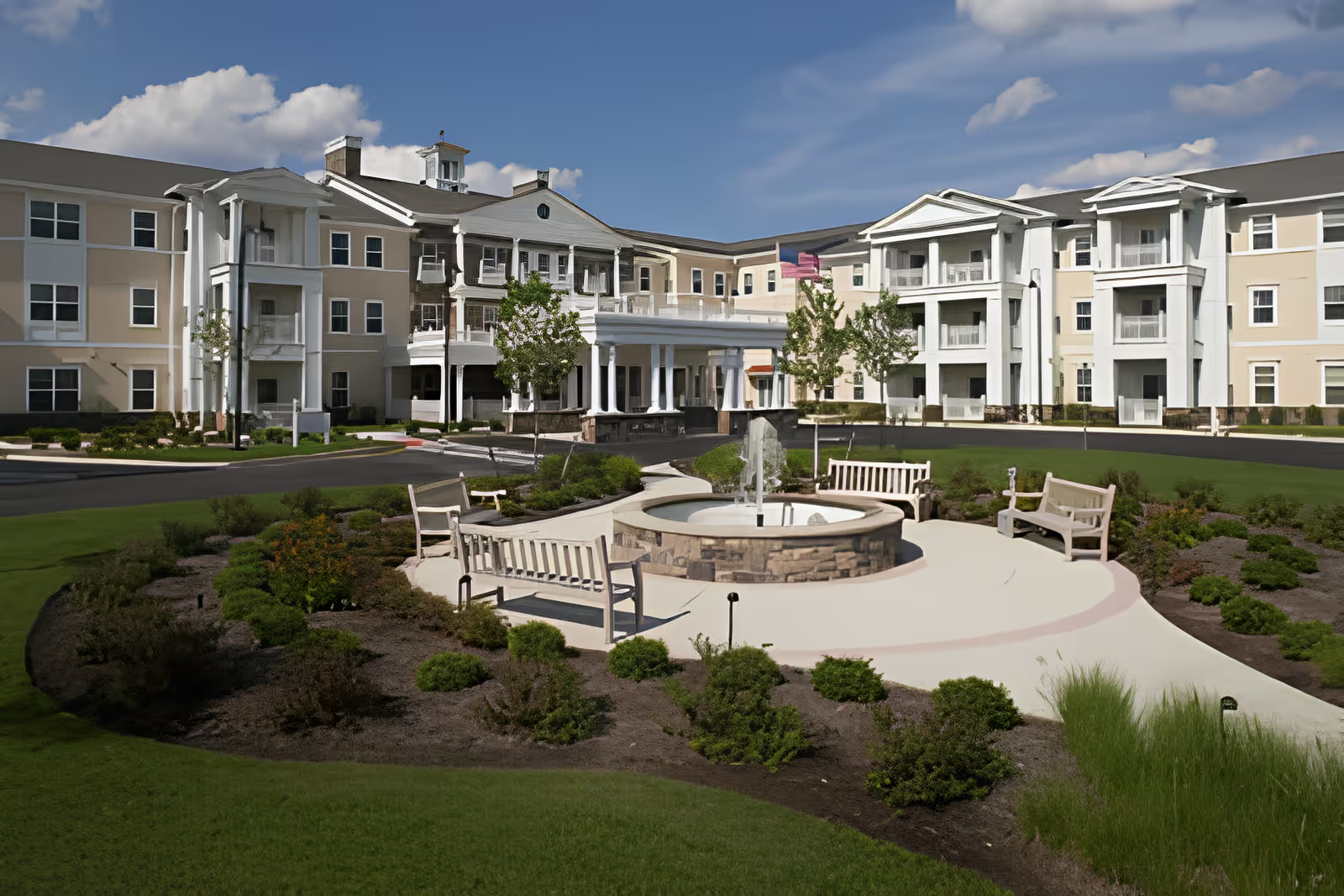Overall impression The Bridges at Bent Creek elicits strongly mixed but predominantly positive sentiment from reviewers, with a large number of families and residents praising the staff, facility, activities, and dining. Many reviewers describe the community as clean, warm, and home-like, with attractive grounds, modern common areas (atrium, exercise room), and a variety of living options including suites with kitchenettes. The community’s COVID-19 response, infectious-disease precautions, and low incidence among residents are mentioned repeatedly as strengths. At the same time, there is a persistent and significant stream of concerns centered on staffing, care consistency, and management — issues that in some cases have led to serious adverse events. The resulting picture is one of a well-appointed community with strong programming and many examples of excellent, person-centered care but also clear operational vulnerabilities that prospective residents and families should probe carefully.
Staff and care quality The strongest and most frequent praise centers on staff: compassionate CNAs, nurses, and activity staff are described as attentive, loving, and willing to go above and beyond. Many accounts note individualized touches—staff learning residents’ names, bedtime tuck-ins, and strong family communication. Several reviewers single out specific leaders (by name) or departments (marketing, memory care directors) as empathetic and responsive. Conversely, numerous reviews detail staffing shortages, high turnover, and overburdened caregivers. These problems are tied to critical failures in care in some reports — missed medications, missed meals, long delays for diaper changes (reports of 8+ hour delays), long gaps between meal deliveries (14+ hour gaps cited), hygiene lapses, UTIs and bedsores, and even hospitalizations or death. Several reviewers describe a decline in care quality over time or following management changes; others describe a later improvement when new leadership arrived. This variability—excellent care at times and neglect at others—is a defining theme.
Facilities, amenities and safety The physical plant and amenities receive very high marks: bright, modern rooms; comfortable common spaces; on-site hairdresser and podiatrist; user-friendly elevators; and pleasant outdoor spaces and gardens. Memory care is generally described as peaceful and supportive, though some critiques note shared rooms (two residents per room) and limited dedicated walking corridors. Safety is highlighted in some reviews (good infection control and a strong COVID response), but safety concerns arise indirectly where staffing shortages impact supervision and response times (falls and slow responses are documented in several reviews). Families report that the facility often feels warm and home-like, and many residents appear socially engaged and thriving.
Dining and activities Dining is a frequent positive: many reviewers praise homemade soups, cookies, crab cakes, Sunday brunches, and an overall high standard of food. Several reviewers, however, report declines in dining service quality, cold food, poor food preparation, or plates left in rooms. Activities are one of the community’s standout features—broad and inclusive programming, arts and crafts (ceramics, painting), music, church services, trips, and pet therapy are often cited. The activities department is credited with creative offerings and with getting residents involved, though some reviewers mention participation varies by resident ability and some enrichment items carry extra charges.
Clinical services and therapy On-site rehab, physical and occupational therapy, and medical services receive mixed but generally positive notes: some families report impressive PT outcomes (e.g., helping a parent walk again), while others felt therapy benefits were unclear or disappointing. Medication administration is usually reported as accurate and on-time in many reviews, but there are multiple reports of missed medications and medication mix-ups, which ties back to staffing and communication problems. Memory care staff and leadership are praised in many accounts, though structural limitations (shared rooms, limited walking areas) and occasional lapses in supervision are concerns.
Management, communication, and patterns over time Reviews show a bifurcation in experiences tied to management and staffing stability. Many reviewers praise administrators and directorships as engaged, responsive, and resident-focused; others describe management as unresponsive, slow to act on serious care concerns, or frequently changing (multiple executive directors). Several reviewers explicitly describe cyclical patterns: a period of excellent care and robust programming followed by a decline attributed to staffing cuts, leadership turnover, or ownership transitions, and sometimes a later recovery under new management. Communication receives mixed reviews—some families report excellent, two-way communication; others describe unanswered calls/emails and an increased burden on families to follow up on clinical issues.
Safety incidents and severe complaints While many reviews praise safety and compassionate handling of end-of-life needs, a number of serious and specific negative incidents are reported: missed pain medication, prolonged leave on a toilet, delayed checks leading to UTIs and hospitalization, bedsores, and allegations of neglect. A few reviews recount tragic outcomes. These reports are not the majority, but their severity elevates their importance and suggests that staffing variability can have critical consequences. A couple of isolated reports allege discrimination/racism and an incident leading to hospitalization linked to staff actions; these would merit specific inquiry by prospective families.
Cost, policies, and miscellaneous issues Price is described as reasonable value by many but also as expensive by others; some families object to price increases or mandatory program fees (Seasons/enrichment). Additional operational concerns include scheduling conflicts (canceled appointments, enrichment conflicts), phone-system problems, cleanliness lapses in specific instances (hair in food, plates left in rooms), and privacy concerns (cameras in rooms mentioned). Memory care structure—some shared rooms and limited walking corridors—may be a fit issue for some families.
Bottom line and guidance for prospective families The Bridges at Bent Creek offers many of the positive qualities families seek: attractive, well-maintained facilities; warm, person-centered staff in many instances; broad activities and social engagement; and strong dining and some excellent therapy outcomes. However, a recurring and significant theme is staffing instability and uneven management—issues that have translated into inconsistent care quality and, in some reports, serious safety and health incidents. Prospective residents and families should balance the many positive reports with the documented risks by asking specific, targeted questions during tours and follow-ups: current staffing ratios by shift, staff turnover rates, recent quality/safety incidents and how they were resolved, medication and meal management protocols, supervision practices in memory care, private room availability, extra fees for enrichment, and how leadership monitors and ensures consistent care across shifts. Also request references from current families and ask to speak with clinical leadership (director of nursing, memory care director) to understand how the community addresses the operational challenges documented in reviews.
In summary, The Bridges at Bent Creek has many strengths that create an engaging, home-like environment with caring staff and strong programming, but it also exhibits operational fragility in staffing and management that has led to serious negative experiences for some families. Careful, up-front due diligence and ongoing communication are advised to confirm that the community’s current staffing and leadership patterns align with a prospective resident’s care needs and safety expectations.
